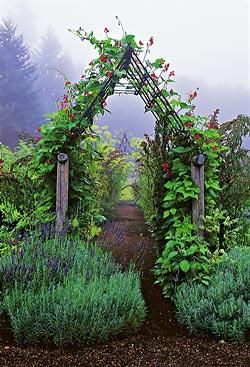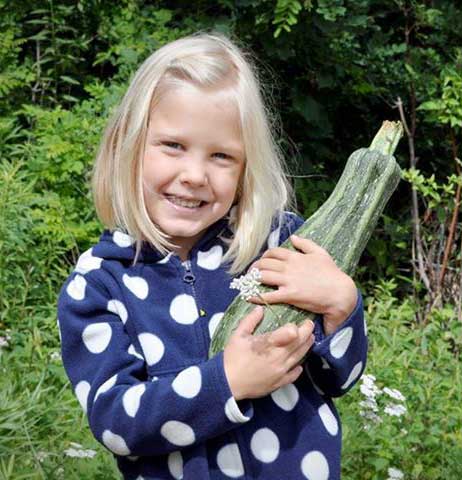April 6, 2020
He who plants a garden plants happiness. – Chinese proverb

Kim Allsup, a long-time Waldorf class teacher and gardening teacher, offers in her blog Growing Children, “Long ago, when my daughter was two, I did not realize that toddlers might be able to do real work. I remember a yo yo experience in the garden, pulling a few weeds, chasing her across the yard toward the street, leading her back. Repeat. Repeat. Repeat. Since then I have explored ways to engage very little children in the real work of gardening. The key is choosing tasks that fit them. If you can find varied tasks that work well with their boundless energy and their joy in movement, you can help toddlers delight in being you partner in growing and you can get some work done.”
Here are a six strategies for engaging happy little gardeners:
- Make it a group effort. Children of all ages enjoy working with adults and older children. Make gardening an activity that is part of a playdate with parents and children. A group of adults working in a garden with an eye toward coming up with easy jobs can keep a little helper happy and busy. If you call out, “I need help over here in the tomato patch. Who can be my helper?” You are bound to get the answer “Me! Me!” and running feet will be coming your way. Then, if another adult calls for help when interest flags, your helper will be attracted to the new challenge. Working with an adult in the garden can help a child learn to extend his attention span. Nevertheless, don’t be surprised if five to ten minutes per task is typical.

- Give your child her own garden area. Once I gave a two year old a little patch of prepared earth and a package of lettuce seeds. This was my only involvement in her little garden bed of four square feet. She planted the seeds with no help, watered occasionally and, to my great surprise, had the best area of lettuce in our garden that year. A more involved approach is to give responsibility for a crop. At school, I start this in third grade. At home, this works from toddlerhood to teenagehood. One year I worked with a two and a half year old to grow a small corn patch. I opened the furrows and she carefully placed the seeds. She helped me close the furrows and to water. Over the summer I often said, “Let’s go look at your corn.” Together, we admired new sprouts, and noticed when the corn came to her knees, then her tummy, then her chin and ultimately far over her head. We observed the ears forming and peeked in to see tiny kernels. Harvest day was great fun. She relished the process of harvesting, shucking and washing and, when her corn was cooked and offered to her family, she beamed.
- Speedy delivery! Toddlers like being delivery people, especially when this involves running back and forth between two people. I remember a day when I worked with another adult and a two-year-old to harvest and bag a large bed of lettuce before a hard frost. I loaded loose heads of frilly green lettuce with red-tipped leaves into a baskets and she hefted one big basket at a time and carried it to the other adult who bagged the lettuce. Then she ran back with the empty basket, ready for the next load. While toddlers can have short attention spans when they are not directing their own activities, on this day we were privileged to work side by side with a two year old for at least forty minutes as we witnessed this young person taking a big step into the world of real work.

- Watering. Fill a wide bucket with water and give your child a small watering can to dip in the bucket. This task can entertain for a long time and maybe even provide water to plants that are thirsty. Your helper will play as much as he works, but that’s OK. Choose a warm day so getting wet is not chilling. Supervise closely and constantly as toddlers can fall into some buckets and not be able to get out.
- Harvesting. For most crops, harvesting is easy and fun At school I often offer harvesting jobs to the early childhood teachers and their classes.. No matter what your age, the satisfaction of pulling carrots from their hiding places in the earth or carrying pumpkins to the garden cart is a real experience of finding treasure.
For the young child, however, the greatest treasure in the garden cannot be dug, carried or eaten. It is the wonder experienced when the garlic pokes its nose through the spring soil, when the corn arches overhead, when an earthworm suddenly slithers across the damp earth.


